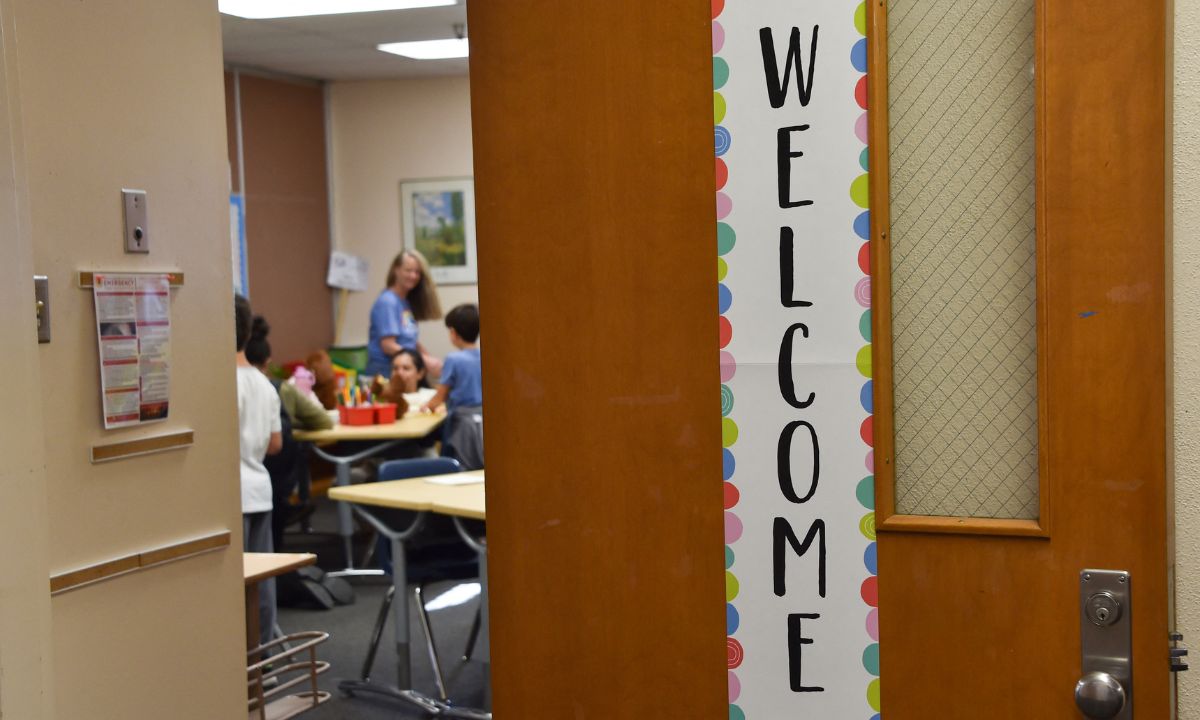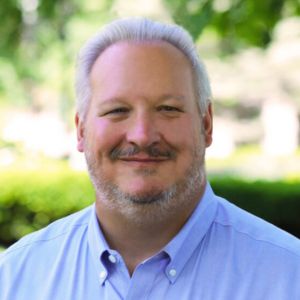Federal Enforcement of Open Enrollment Law Is Good News for Students & Families
Enlow: By letting kids cross school boundaries to escape bullying and other threats to learning, Ed Dept. is empowering parents with freedom of choice

Get stories like this delivered straight to your inbox. Sign up for The 74 Newsletter
Recently, the U.S. Department of Education announced it will enforce a long-overlooked federal law requiring states to identify persistently dangerous schools — and, more importantly, ensure that students in those schools can transfer to another public school of their family’s choosing. This is not just a policy shift, it’s a lifeline for thousands of families.
No child should be forced to attend a school where they are bullied or unsafe. By allowing students to use open enrollment as a mechanism to escape persistently dangerous traditional public schools, the department is empowering families with a basic freedom.
At EdChoice, we’ve long known that safety is a top priority for families. Our nationally representative Schooling in America Survey, conducted in partnership with Braun Research, has tracked parents’ reasons for choosing certain schools for over a decade. In 2024, safety became the top priority for both private and charter school parents, surpassing academics, individual attention and values.
And for good reason. According to a just-released survey, only 41% of teachers believe their school handles violent behavior well, and just 37% say their school effectively addresses bullying. Parents feel only slightly more confident, with 44% saying their child’s school handles bullying well. But teenagers are the most skeptical of all: only 33% believe their school does a good job of handling bullying, and just 37% think violent behavior is addressed adequately.
The consequences are real and deeply troubling. One in 10 teenagers said they missed school in the past year due to fears about bullying or safety. About a third of teachers and teens are “very concerned” about a violent intruder entering their school, and 40% of parents share that concern. Among students who recently switched schools, 28% said bullying was a key reason they left. And when asked what would help bring chronically absent students back to the classroom, 51% of teens pointed to reducing bullying.
It’s hard to focus on math or reading when you’re worried about being assaulted in the hallway or harassed on the playground. For too long, families have been told to simply wait for things to improve. This new guidance from the department sends a different message: families deserve safe public school options now.
Allowing parents to use open enrollment when schools are dangerous is a meaningful step forward. It gives families the power to act when their child’s school environment is not safe, without waiting for bureaucracy to catch up. It’s good policy and morally right. Among eight empirical studies that have examined how school choice affects school safety, every single one found a positive effect, including test scores, parent satisfaction and integration.
But open enrollment must be more than a policy on paper. It must be implemented transparently, with clear communication, minimal red tape and no arbitrary restrictions from either sending or receiving districts. Families must know their rights, and the process must be accessible to all, not just those with time, resources, or connections.
Policymakers should also address overlooked barriers, like mental health and transportation, to ensure open enrollment policies truly serve students as intended. One of the biggest challenges families face, especially low-income families, is simply getting their child to a school that meets their needs. States can expand access by offering transportation stipends or coordinating public-private transportation partnerships for students who choose to attend schools outside their assigned zones.
Even then, open enrollment is only one piece of the puzzle. Because the vast majority of states already offer some form of open enrollment already, to truly help those in persistently dangerous schools, states must go further by enacting private school choice programs, like education savings accounts, that give families real power to choose safer, more effective learning environments beyond the public system. While there’s much talk in Washington about expanding school choice, the real momentum for these policies is happening at the state level.
Texas Gov. Greg Abbott recently signed the state’s first school choice program into law, an education savings account that will be available for any child whose family chooses. With the addition of Texas, there are now 76 private school choice programs across 35 states, plus Washington, D.C., and Puerto Rico. Eighteen of these are universal, offering programs to all students.
Whether they are in their local public school or one across town, a private school, charter school or homeschool, students need environments where they feel secure, respected, and free to learn. The department’s announcement is an important step in that direction. Every child deserves access to a safe school, and every family must be empowered to choose the learning environment where their child is safest and most likely to succeed.
Get stories like these delivered straight to your inbox. Sign up for The 74 Newsletter

;)
